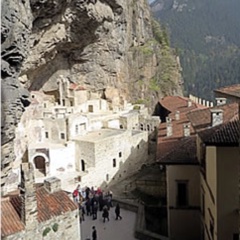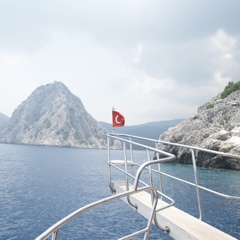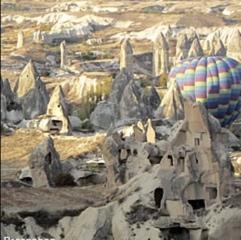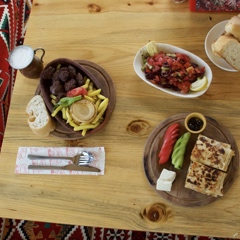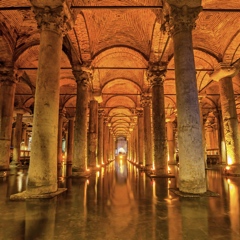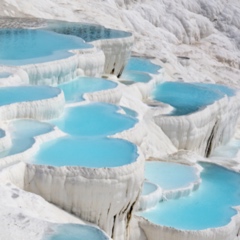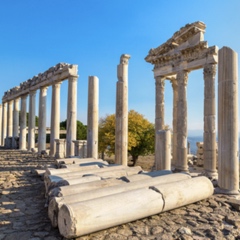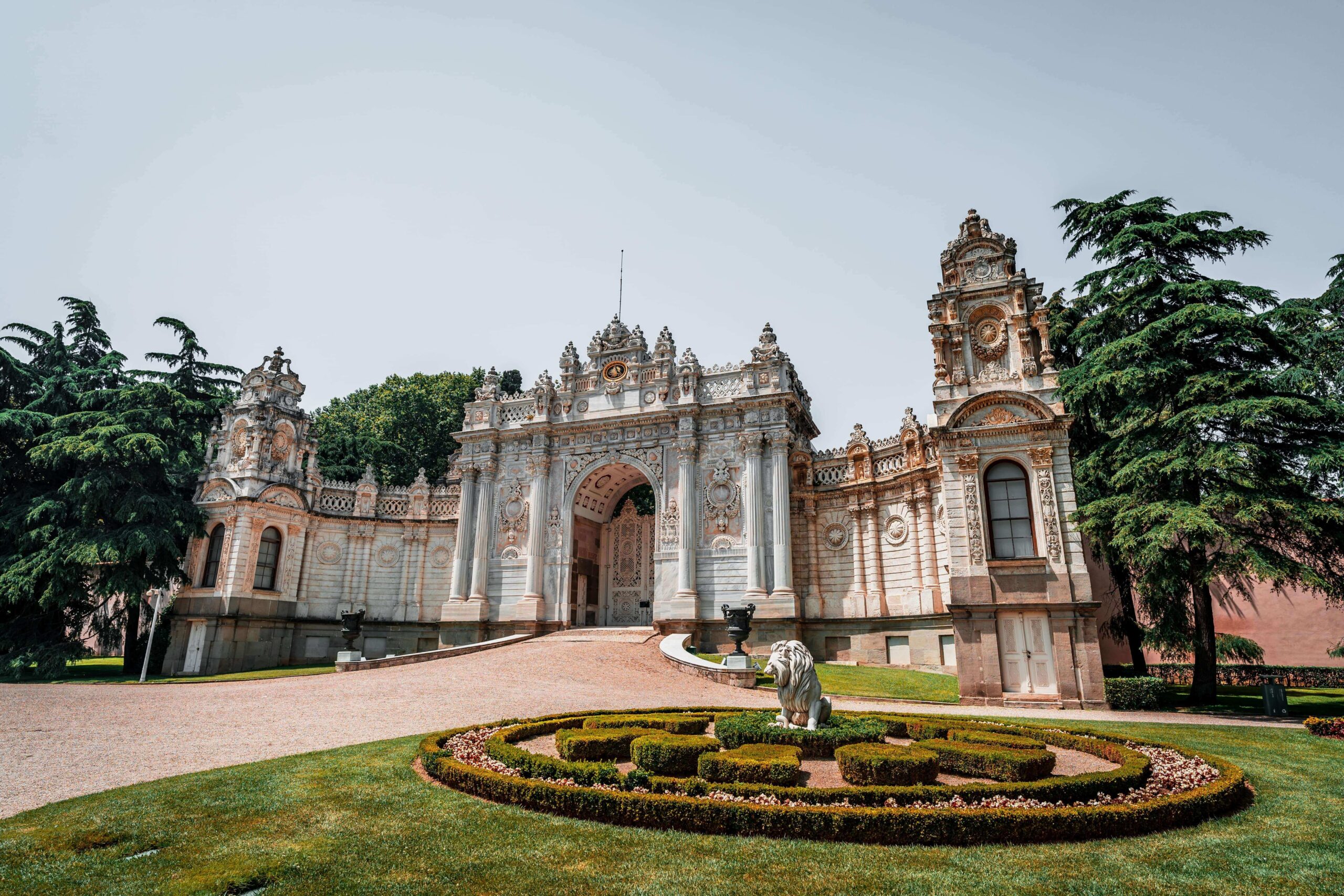
Dolmabahçe Palace, Istanbul, Turkey
Dolmabahçe Palace is a fitting symbol of the magnificence and decadence of the 19th-century Ottoman Empire located on the European shore of the Bosphorus in Istanbul. It is one of the must-visit locations of Istanbul, and one of Turkey's most famed national palaces. Dolmabahçe Palace is not only an incredible piece of Baroque architecture, but also beholds a magnificent history inside it. It has been the official residence of 6 different Sultans, as well as the first President of the Turkish Government, Mustafa Kemal Atatürk.
History of the Dolmabahce Palace
The construction of Dolmabahçe Palace (Dolmabahçe Sarayı) started in 1843 and after 13 years it was completed in 1856, ready to be used. The palace was designed by Ottoman Armenian architects Garabet Amira Balyan, Nikoğos Balyan and a few more, for Sultan Abdülmecit (1839-61). When it was finished in 1856, the imperial family moved out of the medieval Topkapı Palace to live in European-style opulence in this more modern palace.
With its incredible location, and view of the Bosphorus, Dolmabahçe was home to 6 Ottoman Sultans until 1924. This royal residence changed after the founding of the Republic of Turkey, and was thus used as a Presidential Office from 1927-1949. Being the President of Turkey during those years, Mustafa Kemal Atatürk made great use of this Palace as his presidential residence. Dolmabahçe, apart from its great times, also has a sad history for the Turkish Republic. On November 10, 1938, it is where the great leader, Atatürk passed away, bidding farewell to the Turkish Republic. This is why every year on 10 November, at 09.05 am, which is the exact time Atatürk passed away, a ceremony is held in the palace. After 1984, Dolmabahçe opened its doors to visitors, and since then thousands of people from all around the world come and pay a visit to this glamorous European style palace.
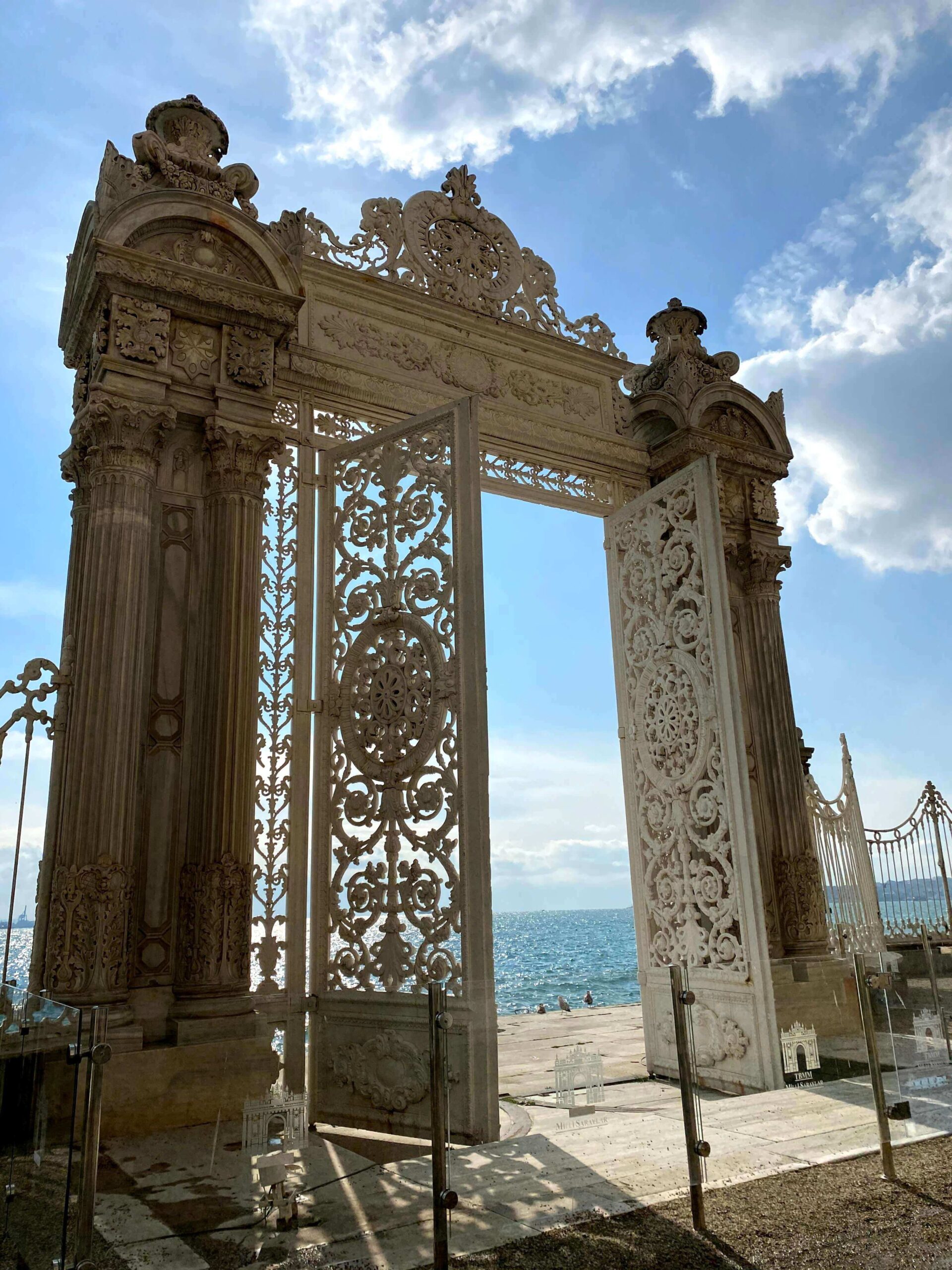
About Dolmabahçe Palace
Dolmabahçe Palace is just how a sultan’s palace should be: huge and sumptuous, with 285 rooms, 43 large saloons, a 4000 kg (4-1/2-ton) Bohemian glass chandelier, and a Bosphorus-shore façade nearly 500 meters (1/4 mile) long. So it is definitely not hard to think of it as the grandest of Ottoman imperial palaces with its rich history.
As with every traditional Ottoman grand residence (or palace), Dolmabahçe consists of three distinct parts: the Selamlık, where government affairs were conducted; the Muayede Saloon, which was an area used for celebration and feasts; and the Haremlik, which was a private area devoted to the Padishah and his family.
Selamlık
The Selamlık was where the Padişah (known in the English-speaking world as the “Sultan”) greeted and met with top government officers, diplomats and other important visitors. Its sumptuously-appointed chambers were designed to impress. Especially the great Ceremonial Chamber (“Throne Room”) with its Corinthian columns and 4-1/2-ton Bohemian crystal chandelier lit by 660 electric lights, is one of the most highlighted rooms.
Haremlik
The Haremlik was the imperial family’s private quarters, where the sultan, his wives and children, and their servants lived. The Harem makes up almost one third of the Palace. Contrary to the Topkapi Palace, whose Harem lies separate from the Palace, in Dolmabahçe everything is gathered under one roof. The Harem contains a number of rooms such as the Crown Prince suites and the Blue and Pink Halls.
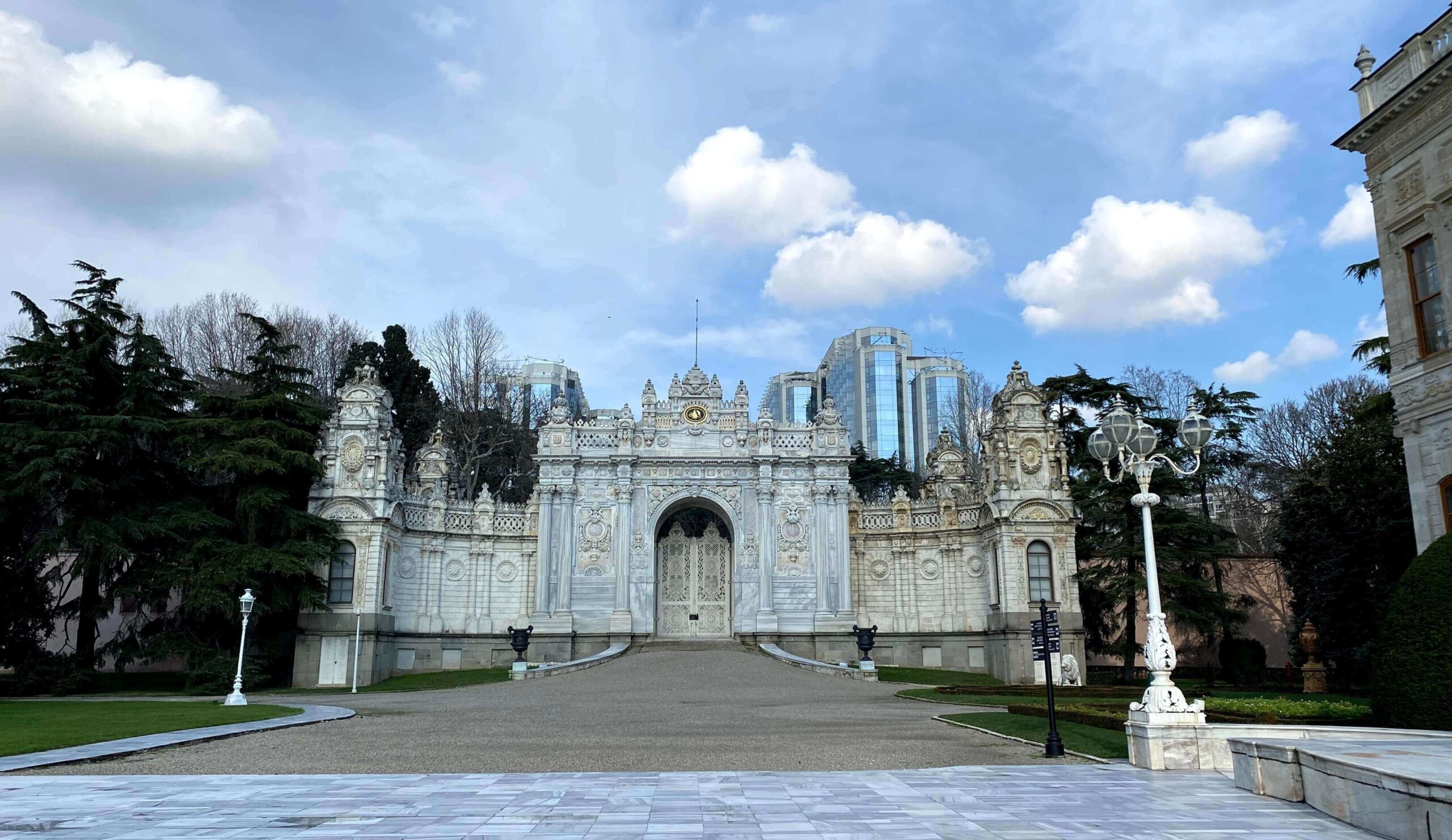
Muayede Salonu
The Muayede Salon, known as the ceremonial hall, was where most of the celebrations, important dinners, and feasts were organized. This is why it’s one of the most glamorous spots of the palace, so that it is considered to be the favorite spot in the palace by the visitors. Once you enter, the Baroque design combined with Ottoman touches brings the beauty of the palace to a whole new level. The ceremonial hall has 4 spacious balconies for guests and the palace orchestra.
When To Visit Dolmabahçe Palace
The palace is open daily except Monday. It is also closed on the first day of Islamic holidays.
The opening hour starts from 9am, and closes at 6pm.
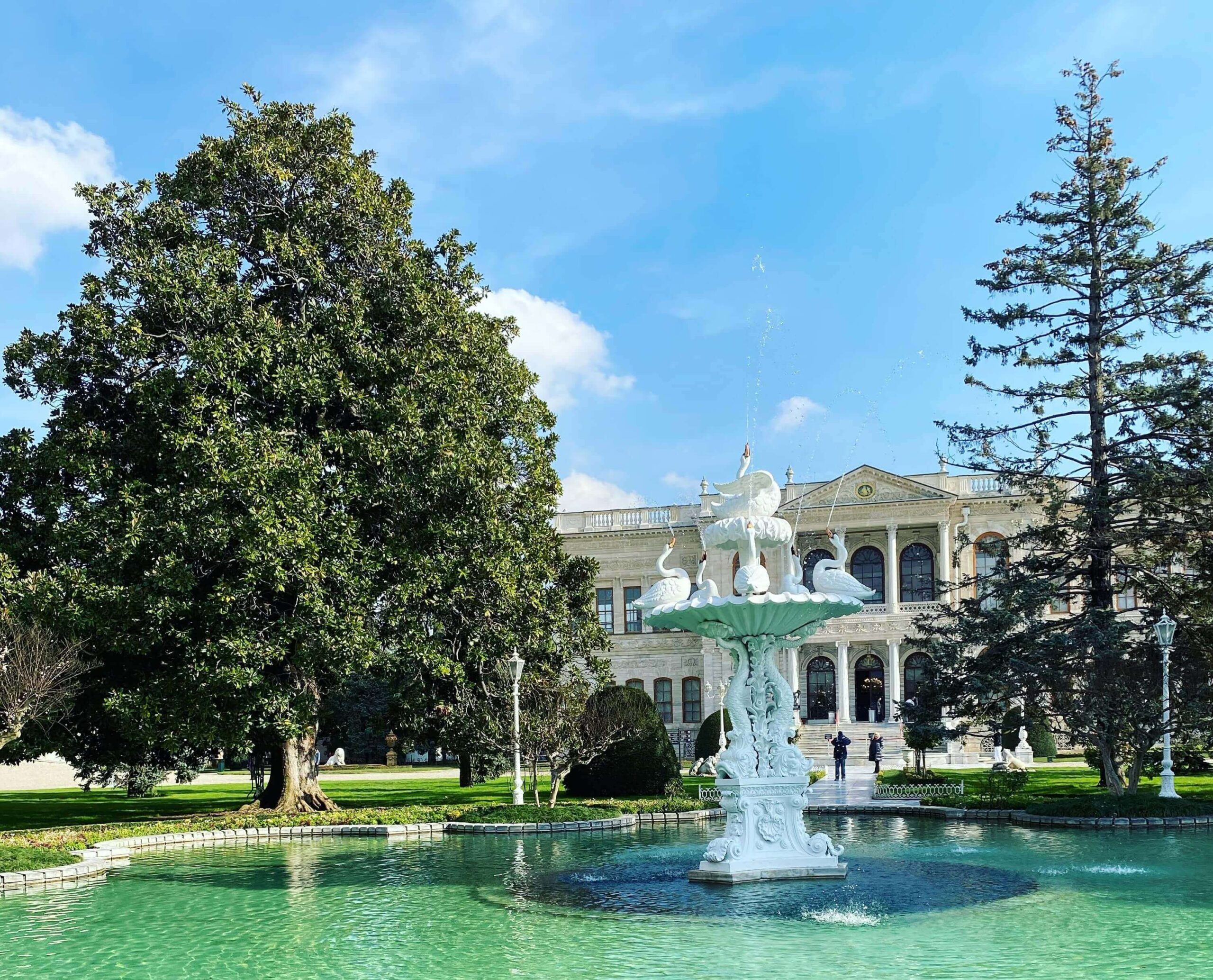
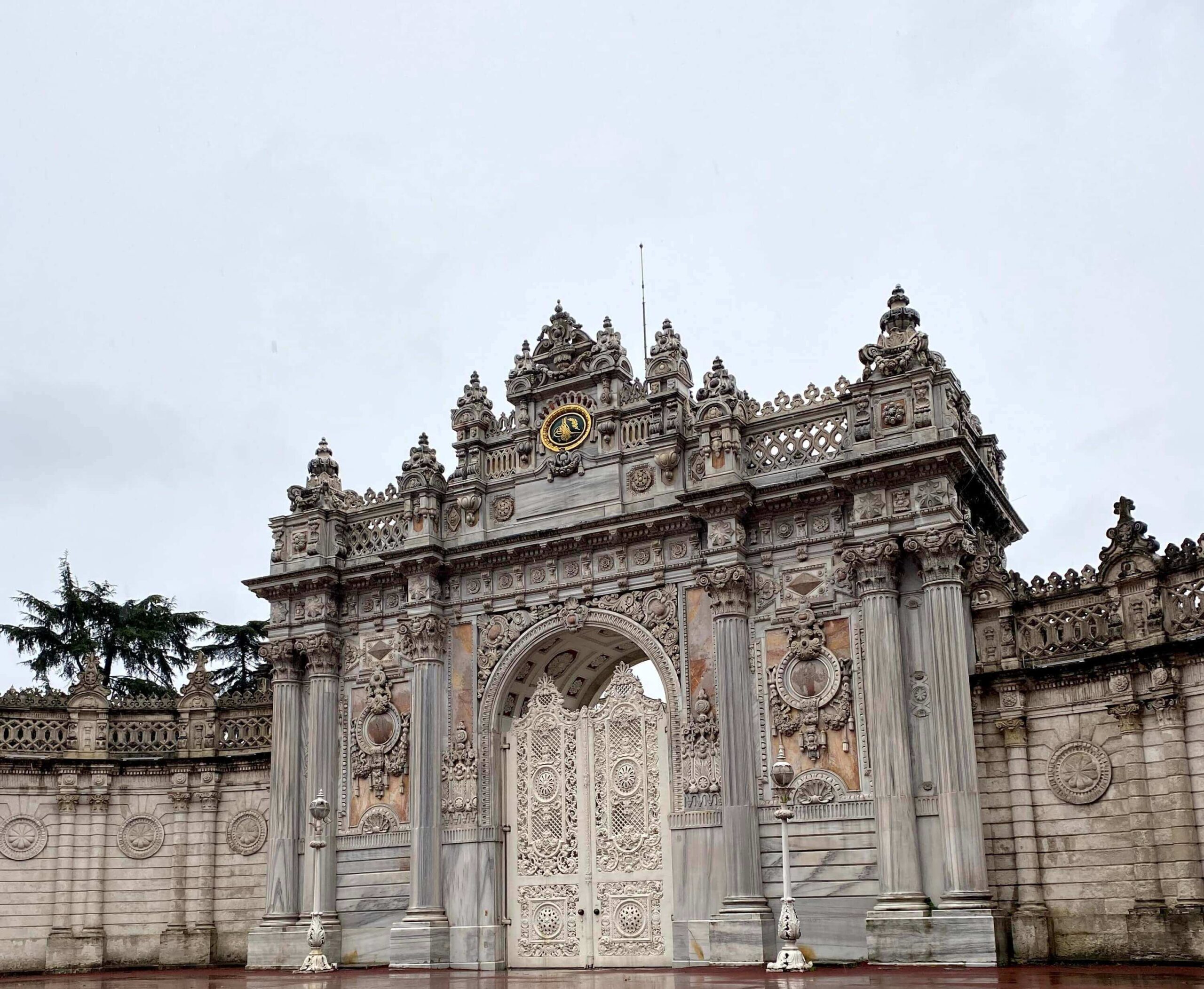
Dolmabahçe Palace Entrance Fee and Tickets
Keep in mind that Dolmabahçe accepts only a limited number of people to visit the palace daily. Unfortunately the Museum Card is not valid for use at Dolmabahçe Palace. No tickets are sold after the daily quota of 3000 visitors has been met. In high season, it is normal for this limit to be met well before the palace closes for the day. So make sure you either buy your ticket beforehand, or be early at the palace door to purchase your ticket. Visiting such a palace isn't to be missed!
You have different options while buying your ticket. Each section of the palace requires a separate ticket. That’s why you can either buy them as a combine, or if you want to skip a part, you can discard that section and buy a ticket for only the ones you want to visit.
- No photography or video is allowed within the palace itself, although you are welcome to photograph the palace grounds outside.
- Before entering the palace, you have to put plastic-bag galoş (plastic shoe coverings) over your shoes to lessen damage to the palace floors. You don’t have to bring your own, as they provide it at the entrance.
Dolmabahçe Palace Tours
Tours in English and Turkish occur periodically throughout the day, lasting about 45 minutes for each section of the palace.
The tour of the Selamlık begins with the anterooms, then climbs up the crystal staircase, where the supports for the balustrade are all pure of glass. The fancy decoration, heavy with gold, abounds, and the succession of the magnificent rooms leaves you dizzy.
After the Selamlık, you can walk around to the back of the palace to the entrance of the Haremlik, where the succession of ever more sumptuous rooms continues. One room of special interest is that in which Kemal Atatürk (1881-1938), the founder of the Turkish Republic, died at 9:05 am on November 10, 1938, while on a visit to Istanbul.
Visit Dolmabahce Palace: Our Tips
Why not cherish your visit with a nice cup of coffee, or Turkish Tea, after finishing your tour of The Glamorous Dolmabahçe Palace. You can either go to the cafe behind the Haremlik, or choose the cafeteria near the Clock Tower close to the entrance of the Palace. With its incredible view of the Bosphorus, it is one of the most preferred cafes by people who visit Dolmabahçe Palace.
How To Get to Dolmabahce Palace
Dolmabahçe Palace stands on the shores of the Bosphorus, in the Beşiktaş district.
The cheapest, most comfortable way to get there is by the Bağcılar-Kabataş tram which runs from Sultanahmet Square down to Eminönü, across the Golden Horn to Karaköy (Galata), then north to Kabataş, whence it is less than a 10-minute walk north along the Bosphorus shore to the palace.
If you stay more at the sides of Taksim, you can take the Füniküler at Taksim Square downhill to Kabataş, then walk north to Dolmabahçe. Or you can also easily walk down İnönü Caddesi right to the palace.



